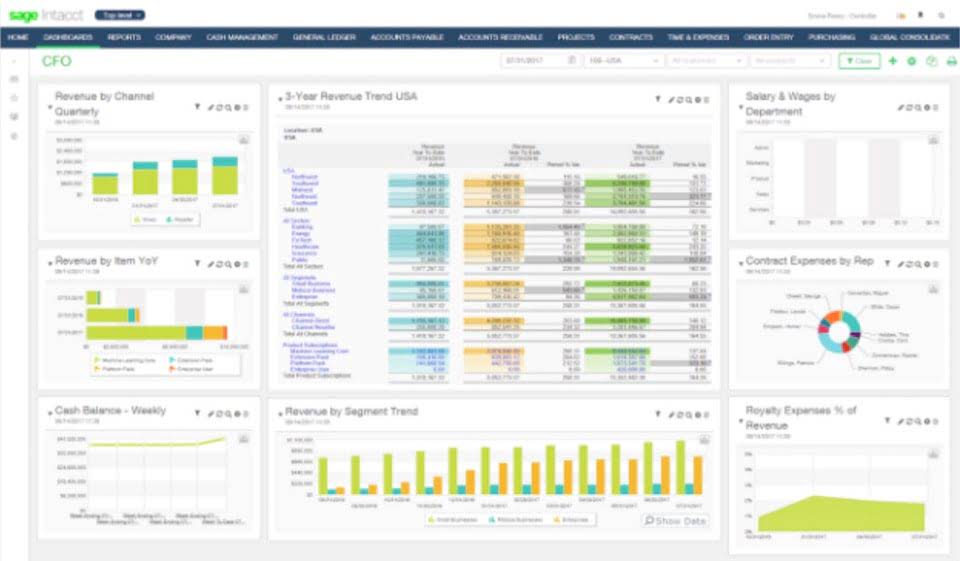Salvage Value Definition, Importance, Depreciation
Another example of how salvage value is used when considering depreciation is when a company goes up for sale. The buyer will want to pay the lowest possible price for the company and will claim higher depreciation of the seller’s assets than the seller would. This is often heavily negotiated because, in industries like manufacturing, the provenance of their assets comprise a major part of their company’s top-line worth. You can stop depreciating an asset once you have fully recovered its cost or when you retire it from service, whichever happens first. You’ve “broken even” once your Section 179 tax deduction, depreciation deductions, and salvage value equal the financial investment in the asset. Discover how to identify your depreciable assets, calculate their salvage value, choose the most appropriate salvage value accounting method, and handle salvage value changes.
How To Calculate an Asset’s Salvage Value
Salvage value is the estimated book value of an asset after depreciation is complete, based on what a company expects to receive in exchange for the asset at the end of its useful life. As such, an asset’s estimated salvage value is an important component in the calculation of a depreciation schedule. This means that the computer will be used by Company A for 4 years and then sold afterward. The company also https://www.quick-bookkeeping.net/ estimates that they would be able to sell the computer at a salvage value of $200 at the end of 4 years. Next, the annual depreciation can be calculated by subtracting the residual value from the PP&E purchase price and dividing that amount by the useful life assumption. Starting from the original cost of purchase, we must deduct the product of the annual depreciation expense and the number of years.
Everything You Need To Master Financial Modeling
- You want your accounting records to reflect the true status of your business’s finances, so don’t wait until tax season to start thinking about depreciation.
- Cash method businesses don’t depreciate assets on their books since they track revenue and expenses as cash comes and goes.
- Perhaps the most common calculation of an asset’s salvage value is to assume there will be no salvage value.
- The salvage value is considered the resale price of an asset at the end of its useful life.
- You’ve “broken even” once your Section 179 tax deduction, depreciation deductions, and salvage value equal the financial investment in the asset.
This difference in value at the beginning versus the end of an asset’s life is called “salvage value.” Salvage value is the monetary value obtained for a fixed or long-term asset at the end of its useful life, minus depreciation. This valuation is how to do a journal entry for purchases on a notes payable chron com determined by many factors, including the asset’s age, condition, rarity, obsolescence, wear and tear, and market demand. Companies take into consideration the matching principle when making assumptions for asset depreciation and salvage value.
Using Salvage Value to Determine Depreciation
That company may have the best sense of data based on their prior use of trucks. Each year, the depreciation expense is $10,000 and four years have passed, so the accumulated depreciation to date is $40,000. Under accrual accounting, the cost of purchasing PP&E like machinery and equipment – i.e. capital expenditures (Capex) – is expensed on the income statement and spread out across the useful life assumption. In order words, the salvage value is the remaining value of a fixed asset at the end of its useful life. The type of asset, its depreciation pattern, and external factors such as changes in regulations or industry trends can also impact the estimation. Think of it as a ledger chronicling your asset’s journey through time and wear.
Say you’ve estimated your 2020 Hyundai Elantra to have a five-year useful life, the standard for cars. Take a look at similarly equipped 2015 Hyundai Elantras on the market and https://www.quick-bookkeeping.net/how-to-adjust-an-entry-for-unearned-revenue-chron/ average the selling prices. Depreciation measures an asset’s gradual loss of value over its useful life, measuring how much of the asset’s initial value has eroded over time.
If there is a decrease in the salvage value, depreciation expense will increase and vice versa. Depending on how the asset’s salvage value is changing, you may want to switch depreciation accounting methods and report it to the IRS. Have your business accountant or bookkeeper select a depreciation method that makes the most sense for your allowable yearly deductions tax depreciation section 179 deduction and macrs and most accurate salvage values. Salvage value is the amount a company can expect to receive for an asset at the end of the asset’s useful life. A company uses salvage value to estimate and calculate depreciate as salvage value is deducted from the asset’s original cost. A company can also use salvage value to anticipate cashflow and expected future proceeds.
The money I get back on my old phone is known as its salvage value, or its worth when I’m done using it. The salvage value of a business asset is the amount of money that the asset can be sold or scrapped for at the end of its useful life. Anything your business uses to operate or generate income is considered an asset, with a few exceptions.



